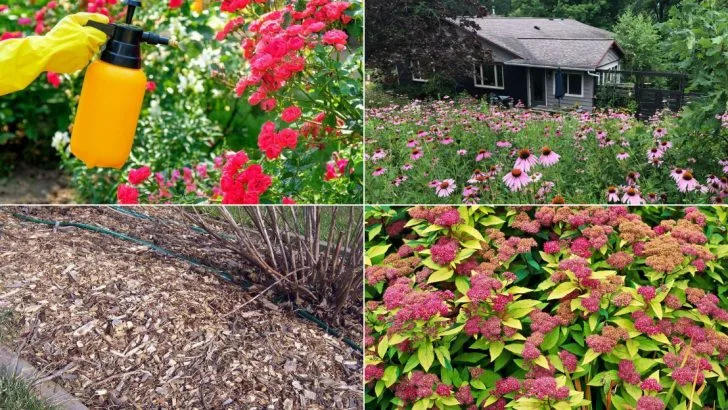Your yard might look picture-perfect—but it could be a pollinator’s worst nightmare. Neatly mowed lawns. Perfectly pruned hedges. Mulch that covers every inch like a carpet. These classics of “good” landscaping? They’re actually making life harder for bees, butterflies, and all the tiny workers your garden depends on. Pollinators don’t want sterile showpieces. They want food. Shelter. A little wildness. And right now, most traditional yards offer them… nothing. But here’s the good news: You don’t need to tear everything out or let chaos reign. Just a few smart swaps can turn your garden from lifeless to buzzing. Let’s trade the old habits for better ones—and give pollinators a real reason to visit.
Overuse of Pesticides
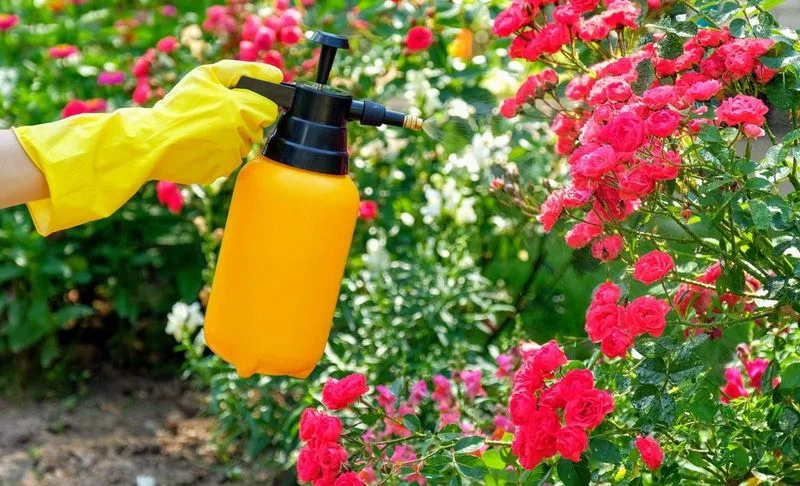
Pesticides, while effective at eliminating unwanted pests, often harm beneficial insects like bees. These chemicals can linger in plants, affecting pollinators that land on treated flowers. Imagine a bee landing on a vibrant bloom only to encounter a toxic residue. The result? A decline in bee populations and disrupted ecosystems.
Instead of reaching for chemical solutions, consider natural pest control methods. Encourage insects like ladybugs and spiders, which are natural predators of garden pests. This approach not only safeguards bees but also maintains a healthier garden balance.
Monoculture Lawns
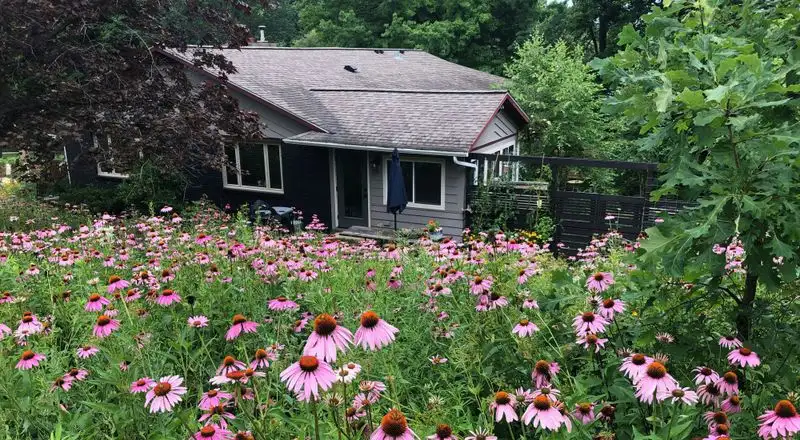
Grass-only lawns might look neat but are biodiversity deserts for pollinators. Bees thrive on variety, and a monoculture lawn offers neither food nor habitat. Picture a bee tirelessly searching for nectar across an endless green expanse without finding any reward.
To transform your lawn into a pollinator haven, incorporate a mix of flowering plants. Clover and wildflowers are excellent choices. They not only add color but also provide vital nectar and pollen for bees. This simple switch can turn your yard into a buzzing paradise.
Excessive Mulching

Thick layers of mulch might seem beneficial, but they can suffocate the ground, making it inhospitable for ground-nesting bees. These layers prevent access to bare soil, which some bees need for nesting.
Instead, apply mulch sparingly around plants, ensuring some soil remains exposed. This practice supports ground-nesting bees by providing them with the necessary habitat while still offering the benefits of mulch in weed suppression and moisture retention. A balanced approach helps both your garden and its tiny visitors thrive.
Using Exotic Plants
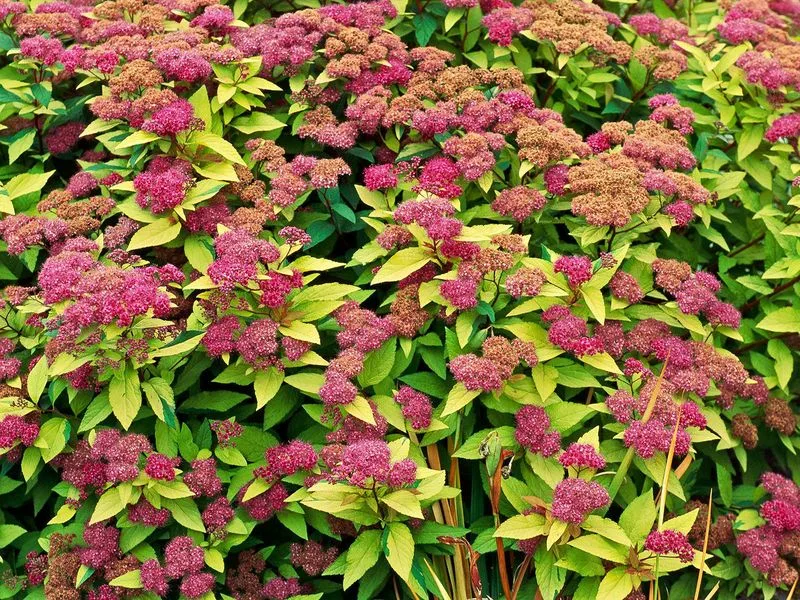
Exotic plants might dazzle with unique aesthetics but often lack the nutritional value local pollinators need. Bees have evolved alongside native plants, and these familiar blooms provide essential nectar and pollen.
Turning to native plants in your garden supports the local ecosystem and its inhabitants. These plants are adapted to local climate conditions, ensuring a robust food supply for bees. Plus, native gardens often require less maintenance, allowing you to enjoy both beauty and sustainability.
Pristine Garden Beds
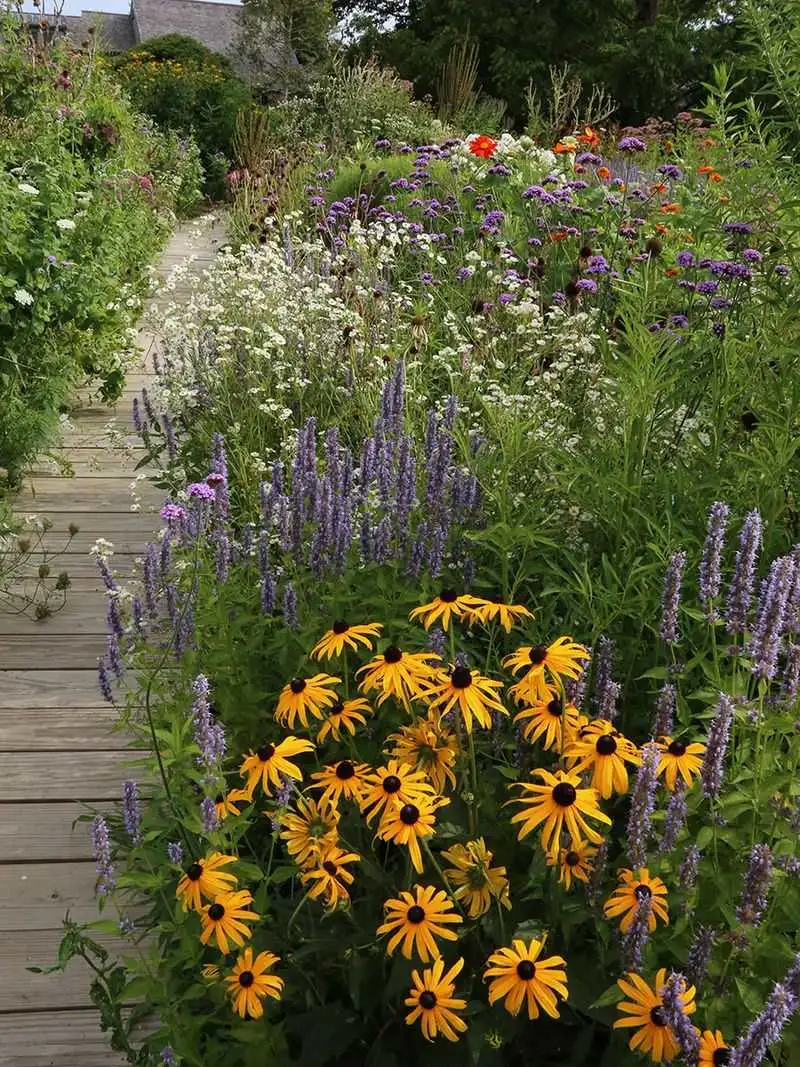
While immaculate garden beds might impress visitors, they can be devoid of life-sustaining resources for pollinators. These spaces often lack the pollen-rich plants bees need.
Allowing a bit of natural chaos by letting some plants grow wild can enhance your garden’s appeal to bees. A diverse array of plants creates a dynamic environment where pollinators can thrive. Embrace a mix of heights and textures to foster a lively and inviting space.
Invasive Plant Species

Invasive plant species can rapidly take over a garden, outcompeting native plants and reducing biodiversity. This change can leave bees without their favorite food sources, disrupting their lifecycle.
Eradicating invasive species and replacing them with native plants can restore ecological balance. By doing so, you ensure that your garden provides essential resources to pollinators and supports local biodiversity. This proactive approach aids in the flourishing of both flora and pollinators.
Nighttime Lighting
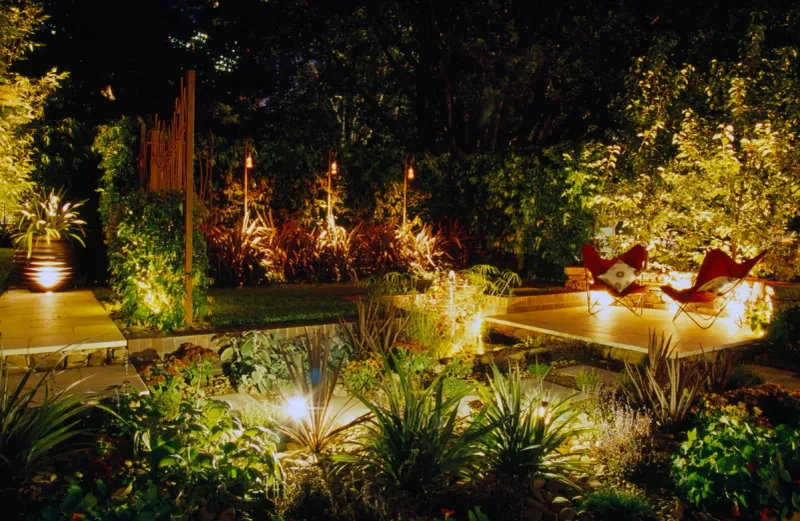
Artificial lighting in gardens can disrupt the natural behaviors of nocturnal pollinators like moths. These lights attract and disorient pollinators, affecting their ability to forage and breed.
Consider using motion-sensor lights or reducing the intensity and duration of night lighting in your garden. This conscious choice helps maintain the natural rhythm of pollinators, ensuring they can go about their essential tasks undisturbed.
Tidy Yard Syndrome
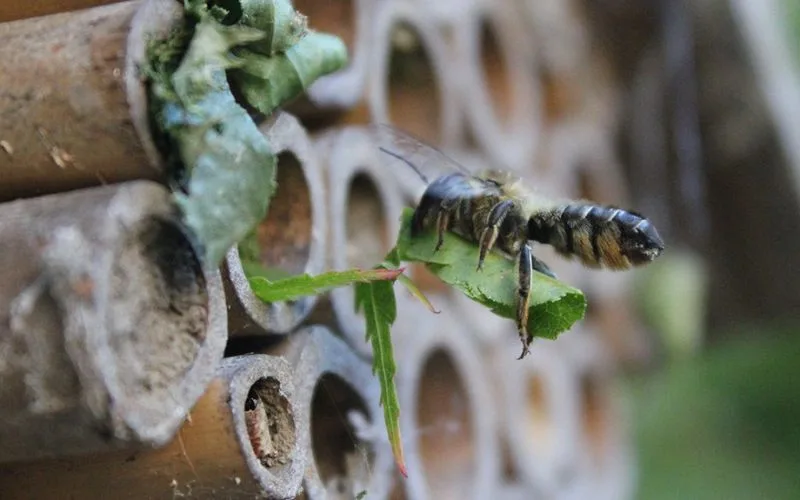
Overly tidy gardens, free of leaf litter and fallen branches, eliminate habitats crucial for various pollinators. Many bees nest in the hollow stems of plants or in decaying logs.
By leaving areas of your garden a bit untidy, you provide necessary habitats for these creatures. Encourage a diversity of pollinator-friendly habitats by including piles of leaves and wooden logs, enhancing the ecological richness and supporting a variety of species.
Chemical Fertilizers
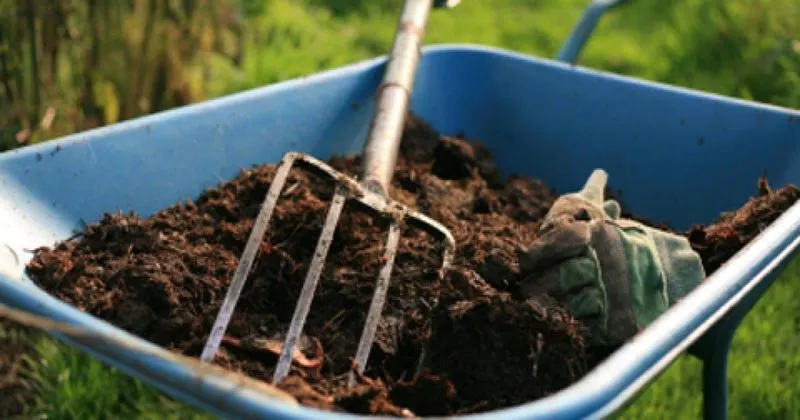
Chemical fertilizers can harm the soil microbiome, impacting the plants and the pollinators that depend on them. These fertilizers often leach into waterways, causing further ecological harm.
Opt for organic fertilizers like compost or well-rotted manure. These enrich the soil naturally, promoting healthy plant growth and providing better nutrition for pollinators. This sustainable practice not only benefits your garden but also aids in the preservation of local ecosystems.
Single Bloom Seasons
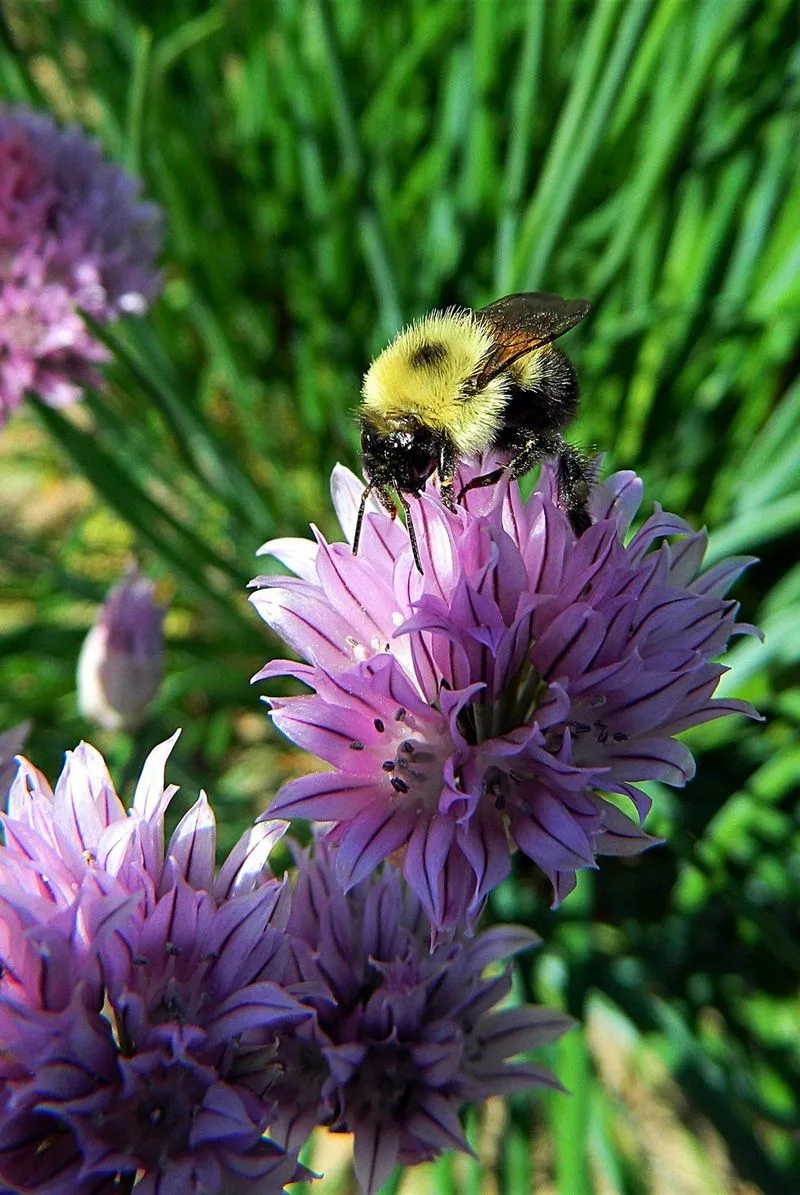
Gardens with a single bloom season limit the availability of nectar and pollen to specific times of the year, leaving pollinators with scarce resources during off-seasons.
By planning a garden with a succession of blooms, you ensure continuous food supply for bees. Include a mix of early, mid, and late-season flowering plants. This strategy not only supports pollinator health year-round but also ensures a vibrant and dynamic garden display.
Large Expanses of Concrete

Concrete pathways and patios may be functional but can limit the availability of green spaces for pollinators to forage and nest.
Consider using permeable paving solutions or incorporating green elements between hardscapes. This practice allows for water infiltration and provides habitats for bees. By softening hard surfaces with plants, you create an inviting environment for pollinators while maintaining your garden’s functionality.
Frequent Mowing
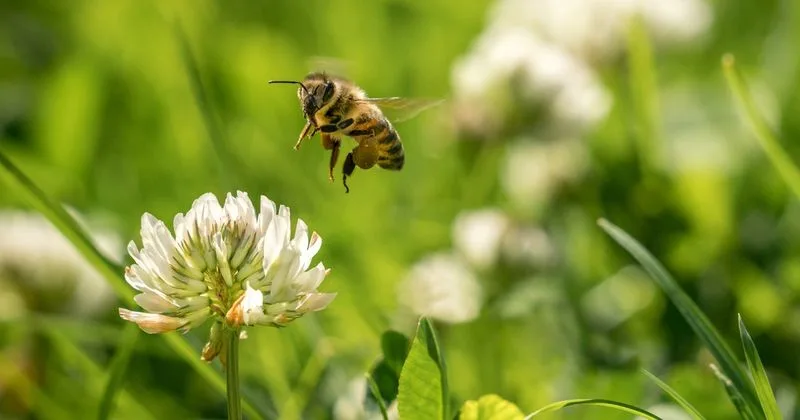
Frequent mowing keeps lawns short and tidy but eliminates flowering plants like dandelions and clover that bees rely on.
Allowing your lawn to grow a bit longer encourages these vital plants to bloom, providing necessary food for pollinators. Mowing less frequently or setting your mower to a higher setting can transform a barren lawn into a pollinator-friendly habitat. This change supports bee populations and enhances the ecological value of your yard.
Uniform Shrub Borders
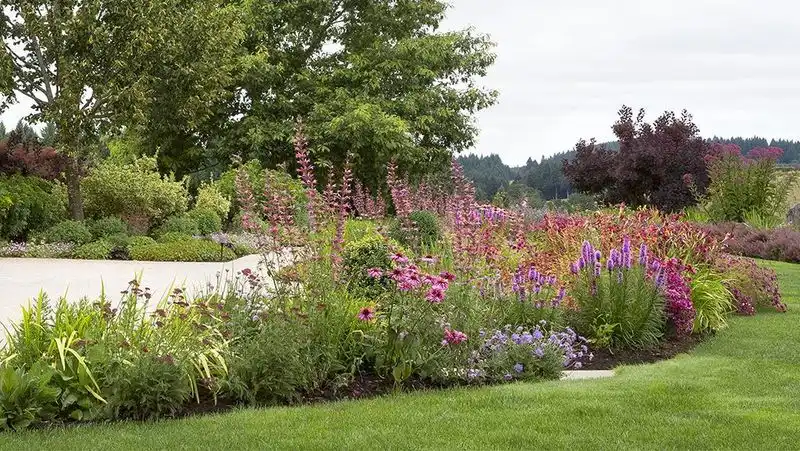
Uniform shrub borders may create a sleek look but offer little in terms of floral diversity for pollinators. Bees thrive on varied plant life, which provides a range of nutrients.
Diversifying your garden by including a variety of shrubs with different bloom times and colors can create a rich tapestry of resources for bees. This vibrant mix not only attracts pollinators but also adds visual interest and dynamism to your landscape.
Removing Dead Wood
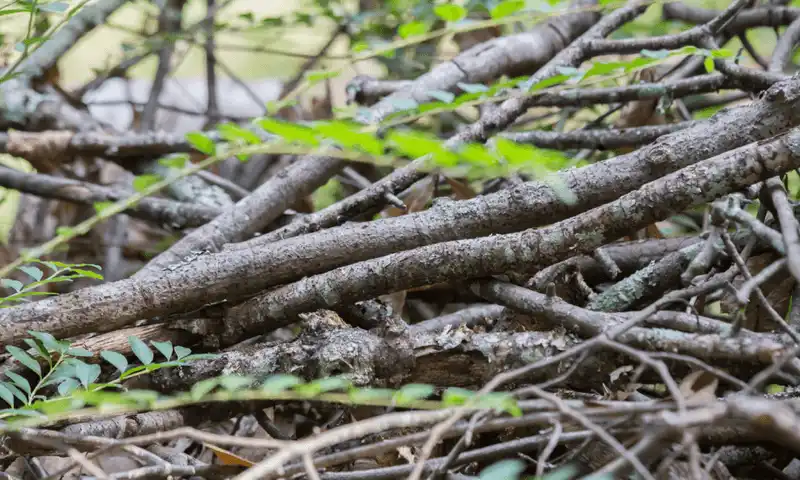
Dead wood, often considered unsightly, is essential for many pollinators, providing nesting sites and food sources.
Leaving some dead wood in your garden supports the lifecycle of various pollinators. Incorporate dead branches or logs into your landscape design. This simple addition can make a significant difference in attracting and sustaining pollinator populations, while also enhancing the ecological depth of your garden.
Compact Garden Spaces
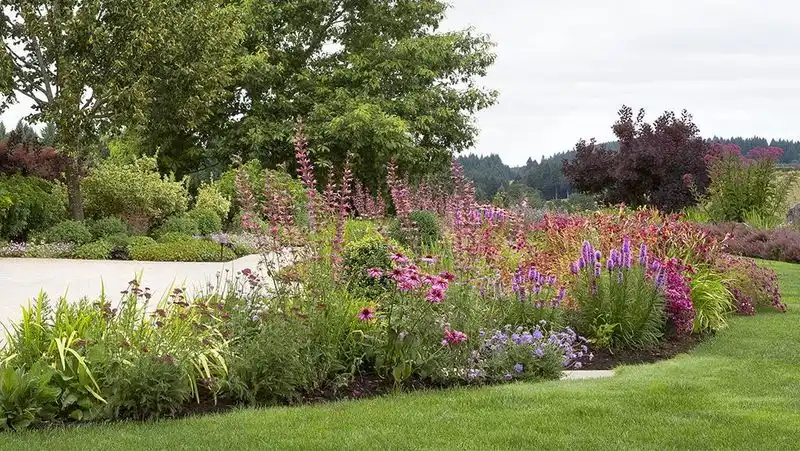
Compact gardens with densely packed plants can limit bee accessibility and reduce flower visibility.
Designing your garden with open spaces and clear pathways ensures that bees can easily navigate and access flowering plants. This thoughtful layout not only supports pollinators but also creates a more open and inviting atmosphere for human visitors, making the garden a welcoming space for all.
Planting Only Annuals
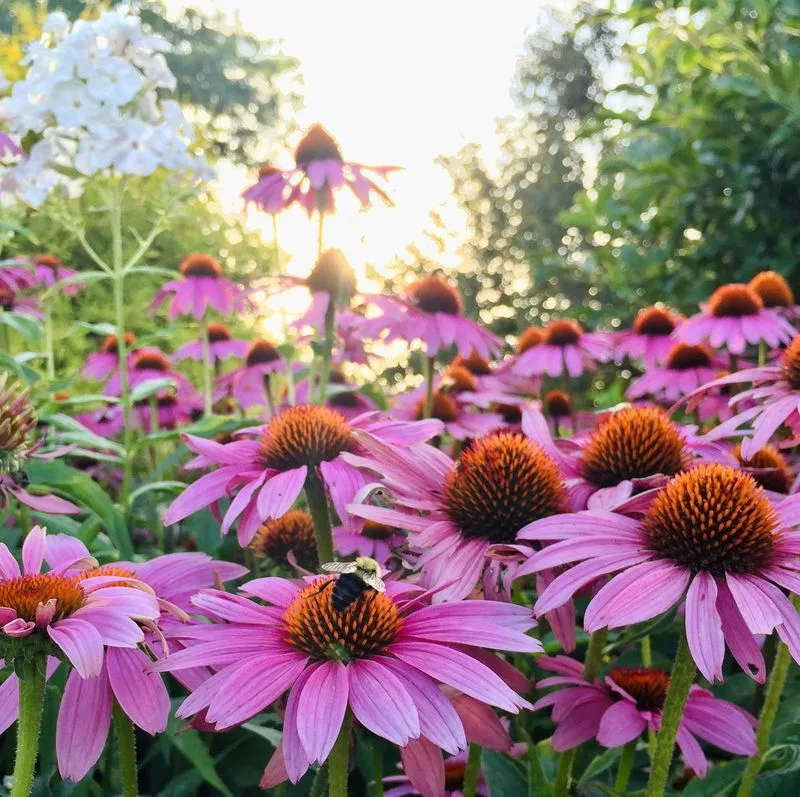
Gardens planted exclusively with annuals need replanting every year, disrupting the continuity of resources for pollinators.
Incorporating a mix of perennials along with annuals can provide a stable, year-round food supply for bees. Perennials return each year, reducing maintenance and sustaining pollinators with consistent nourishment. This approach enriches the garden’s resilience and supports a thriving pollinator community.

